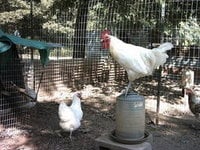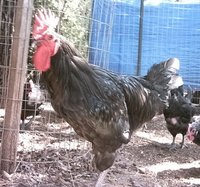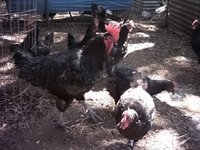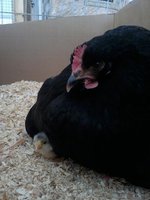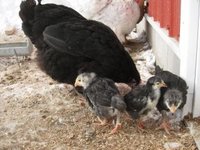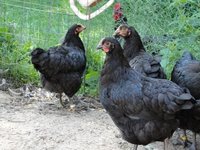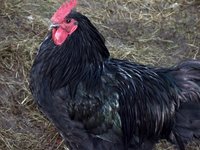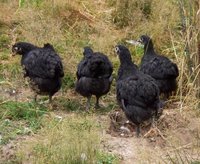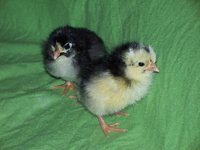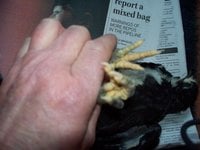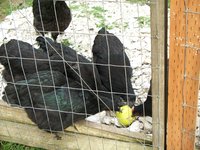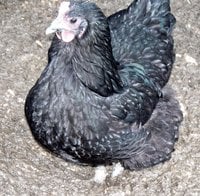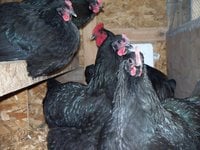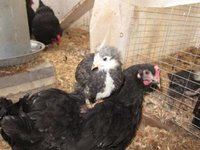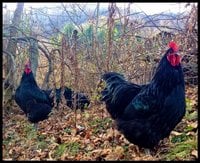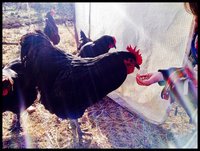General Information
- Breed Purpose
- Dual Purpose
- Comb
- Single
- Broodiness
- Frequent
- Climate Tolerance
- All Climates
- Egg Productivity
- Medium
- Egg Size
- Large
- Egg Color
- Brown
- Breed Temperament
- Friendly, Calm, Quiet, Docile
- Breed Colors/Varieties
- The Java can be found in black, white and mottled. Pictures courtesy of Chickndaddy.
- Breed Size
- Large Fowl
The Java breed, which shares a name with the island of Java, was developed in the U.S. from chickens of unknown Asian extraction. It is one of the oldest American chickens, forming the basis for many other breeds, but is critically endangered today. The Java breed is the second oldest American breed, after the Dominique. The breed was first mentioned in print in 1835, but it is thought to have been present well before this time.
The Java breed was first recognized officially by acceptance into the APA's Standard of Perfection in 1883. The white, black, and mottled varieties were all originally described in the Standard, but the white was removed in 1910, because it was thought to be too similar to the White Plymouth Rock. The white variety eventually disappeared in the 1950s. There was also an Auburn variety, which was the basis for the Rhode Island Red, but it disappeared by1870.
With its dual purpose, great foraging, great laying, friendly and docile temperament, the Java is perfect for the small backyard flock.
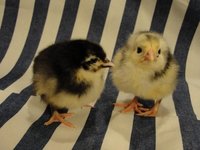
Java chicks
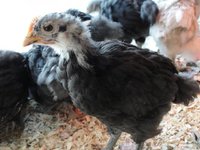
Java juvenile
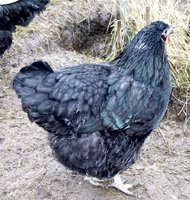
Java hen
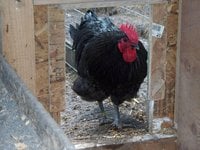
Java rooster
For more information on this breed and their owners' and breeders' experiences with them, see our breed discussion here: https://www.backyardchickens.com/threads/chicken-breed-focus-java.1096818/

